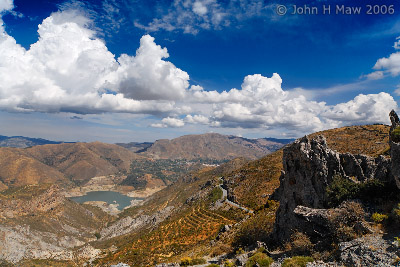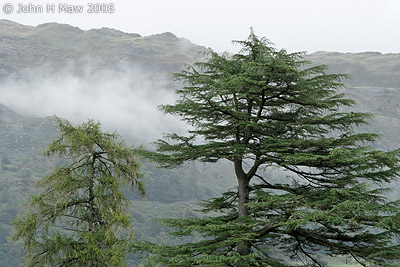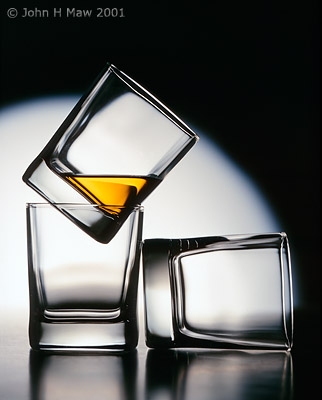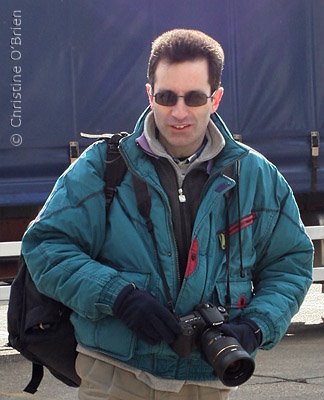
Swings and roundabouts, chalk and cheese, decisions, decisions, decisions. DXO Optics Pro v4.1 was released on the 4th December. On the 14th Photoshop CS3 was released in beta form. I mention them in the same piece, not because they are direct competition for one another, but because there are areas of overlap.
I have owned DXO Optics Pro (just DXO from now on) for some time, but didn't really make good use of it because I found it a very frustrating program to use. But it has evolved and I find version 4 much more user friendly than version three (not hard considering how bad the controls were on v3). The headline feature is probably what is known as the "Optics Engine". To understand what this does you need to know that the chaps at DXO make something called DXO Analyzer. This is used to evaluate and quantify characteristics for particular lenses. Things like distortion, resolution, sharpness and vignetting are all expressed in numerical form. What this means is that the people at DXO know quite a lot about the behaviour of your lenses. They know where they fall short of the ideal and that means that many of the shortcomings can be corrected in software. The Optics Engine corrects lens distortion, vignetting, lens softness and chromatic aberration. It is no exaggeration to say that it is like having better lenses (this engine only works with specified lens/body combinations - more are being added all the time).
However DXO can now do amazing things with highlight and shadow detail and all manor of other controls, including a very good local contrast feature that I particularly like. DXO is also a RAW converter, so all of these changes can be applied before converting from the RAW file. For more information on DXO you may like to read this
review and also visit the
DXO web site. You can download a full 21 day demo
here.
Photoshop CS3 beta (code name Red Pill in case you are interested) has a number of enhancements on previous versions. Greater selection ability with the "Quick Selection Tool" and "Refine Selection Edges", filters applied to smart objects and a lot more (Adobe lists major enhancements
here, but there are many other small but helpful changes). But Photoshop also has a RAW converter called Camera RAW, and it is here that it overlaps with DXO. You can download the
Photoshop CS3 beta which for registered users of Photoshop CS2 will run until the full version is released, but for those without a valid serial number only for 2 days (although it says 30).
Camera RAW (CR) has been improved. Some changes just make it more intuitive, but others run deeper. It will even edit TIFF and Jpeg files (as can DXO). But the most important point is that the better and more capable the RAW converter, the less has to be done post conversion. This should lead to less data loss and even quicker workflow. So it seemed like a good time to see how the two compare, how similar a result I could get and which I would prefer.
Unfortunately the results aren't clear cut. As already stated DXO has tricks that CR doesn't in terms of correcting failings of the lens. But the images that I used for comparison showed that overall one image may look better converted in one program and another image may be best converted in the other. In the landscape image that I am showing here I preferred the overall look and the contrast of the DXO image. The sky has more subtle detail particularly in the rather wispy clouds. But in many areas CR has caught up with DXO since I last did a test and the CR image was sharper than the DXO converted one. This last point would only matter if trying to reproduce the image at close to maximum size. Of course a DXO image can be saved as a DNG and the RAW conversion done in Photoshop. As I say, decisions, decisions, decisions.
The shot here was taken in the Sierra Nevada earlier this year and converted in DXO Optics Pro (Elite) v4.1. I have not put up the other photo as at this size a significant difference is not visible.





